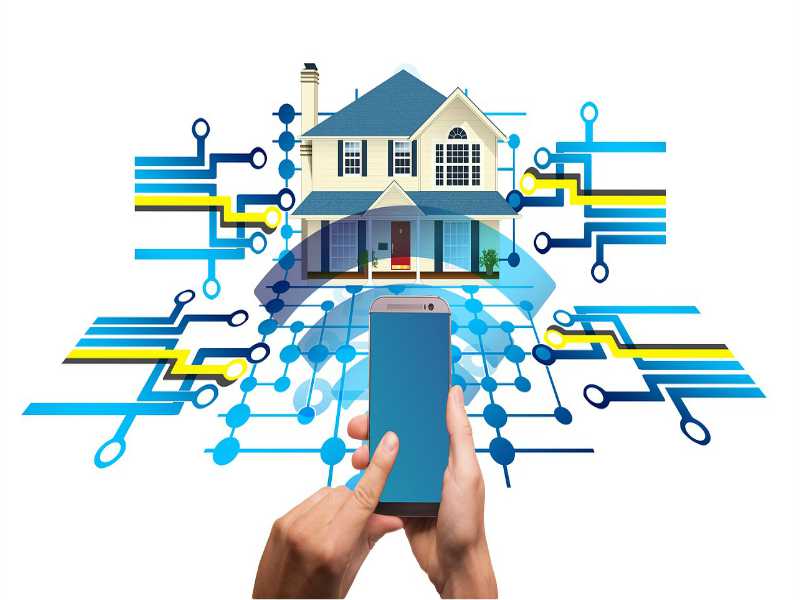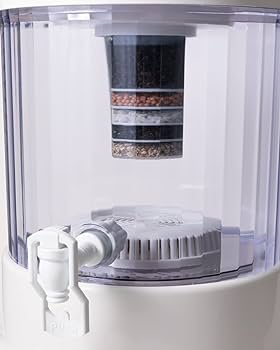Smart Technologies for Energy-efficient Homes

Energy-efficient homes are a promise for our planet’s future. They not only bring environmental advantages but also ensure economic advantages in the long run. Smart technologies are at the forefront of this advancement. By leveraging modern technologies and strategies, they control the energy consumption in your homes without disrupting the comfort of your dwelling.
Adopting innovative technologies for homes can help bring down the electricity rates in Ohio. This progress is a ray of hope as it has considerably reduced the stress on the electricity grid. These technologies, from intelligent heating and cooling systems to motion-controlled lighting systems, allow you to manage your energy consumption more efficiently. Furthermore, as smart appliances come with advanced connectivity features, controlling your devices becomes easier even when you are not home.
In this blog, we will learn more about the benefits of energy-efficient smart home technologies, some of the widely used smart appliances, and their associated challenges. Let’s get started!
Contents
Significance of Energy-efficient Homes
Energy-efficient homes operate by utilizing the lowest amount of energy possible. They reduce their utility bills considerably by using star-rated products and engaging practical strategies. Such energy-efficient homes contribute significantly to environmental sustainability by mitigating greenhouse gas emissions and carbon footprint. However, if you plan to make your home energy efficient, there are some common mistakes you should avoid. Let’s look at some of the common sources of energy waste so that you can avoid them to an extent.
- Obsolete or inefficient heating or cooling systems
- Inadequate insulation
- Drafts and air leaks
- Inefficient lighting
- Older appliances and electronics
- Inefficient water heating
Taking care of these mistakes will reduce your apartment’s energy consumption and, thus, utility bills.
Smart Energy-efficient Technologies for Your Smart Home
Integrating innovative and energy-efficient measures into your home has a myriad of benefits. Today’s homes are equipped with advanced technologies like voice recognition, motion sensors, and automated functionalities, which ensure optimized energy consumption. According to the Consumer Technology Association, more than half of the US households own at least one smart home device. Through enhanced connectivity, such devices will allow you to streamline and manage your day-to-day activities hassle-free. Smart devices also bring home safety and security as you can access them from anywhere, anytime.
That being said, let’s explore some smart devices and technologies that can help you raise your home’s energy efficiency.
1. Smart Thermostats
A smart thermostat is designed to analyze and learn your temperature preferences. Based on the data collected, it will adjust the cooling or heating in your house, saving a lot of energy. It also studies your home’s occupancy patterns. By offering seamless connectivity through Wi-Fi, smartphone apps, or remote controls, smart thermostats can offer you the ultimate comfort in your home.
2. Energy Monitoring Systems
Implementing energy monitoring systems in your home will help you identify power consumption patterns. This technology includes smart meters, sensors, and software for data collection and analysis. The collected data would give insights into the areas where energy can be saved and which devices need to be replaced to improve energy efficiency. It builds awareness and facilitates data-based decision-making for homeowners.
3. Smart Lighting
Having a smart lighting system at home brings convenience. Besides, it promises controlled energy consumption without compromising your comfort. Today’s lighting technologies allow you to control the brightness and color of the lights inside your home based on your needs or mood. The lighting system includes LED bulbs, fixtures, and control systems like remotes or exclusive mobile apps. Some systems also provide motion sensors, which are activated by the movements.
4. Smart Appliances
Choosing smart appliances for your home is essential for energy efficiency. Basic appliances such as refrigerators, washers, dryers, and dishwashers should be start-rated. The ones with advanced sensors and connectivity features deliver optimal performance while minimizing energy consumption. Equipped with energy-efficient modes and other innovative functionalities, these appliances are gradually taking over homes worldwide.
Challenges While Choosing an Energy-Efficient Lifestyle
While choosing to live the energy-efficient way, there might be some challenges you might encounter on your way. Here’s a quick heads-up on some challenges and considerations and how to overcome them.
1. Initial Costs
Gearing up with smart appliances might incur a higher initial cost. This is mainly from purchasing smart devices, controllers, and installation fees. However, when you consider the returns you will get in the long run, the initial costs are justified. A smart home promises enhanced comfort, security, and accessibility while reducing energy consumption efficiently. Maintenance costs should also be considered when choosing smart home investments.
2. Compatibility Issues
Choosing multiple smart devices raises another question. Are they compatible with each other? Devices with multiple communication protocols, control systems, and software platforms will make management more complex and time-consuming. To overcome these challenges, you might need technical expertise. Doing quick research while purchasing devices will also minimize such confusion.
3. Privacy and Security Concerns
Since smart devices and systems collect extensive data about you, the risk of getting hacked is higher. Security breaches or unauthorized access can leak sensitive information about the occupants, including behavior, routines, times when you are not home, and other preferences. They are also prone to cyberattacks if not adequately secured. Ensure your smart devices are updated with the latest firmware and security updates. If you are exposed to a security breach, always be ready to mitigate the risk. Have a damage control protocol ready. Besides, always make it a point to secure your devices and control systems with strong passwords and encryptions to prevent unauthorized access.
4. Phantom Energy
Phantom energy is yet another culprit that leads to the over-composition of energy. Your electrical appliances will consume electricity even when you are not using them. According to the Consumer Electronics Association, four to seven percent of your electricity usage comes from devices when they are off. Unplugging devices when not in use and using a power strip that automatically turns off equipment not in use will prevent phantom energy consumption up to an extent. Besides that, you must ensure that the star-rated electrical appliances you buy consume low to no energy when not in use.






